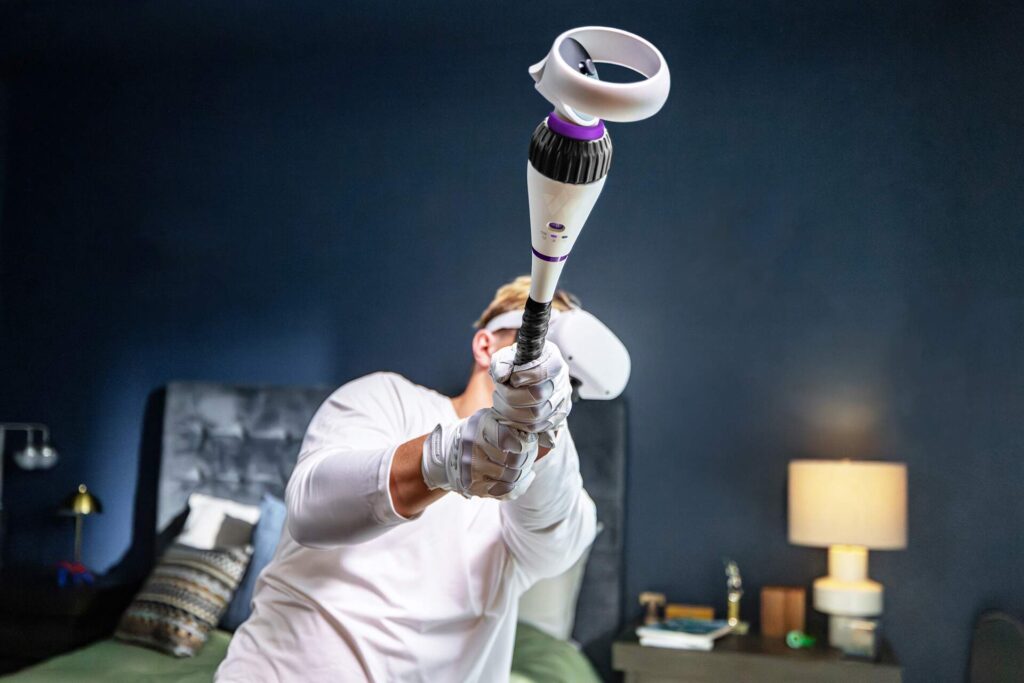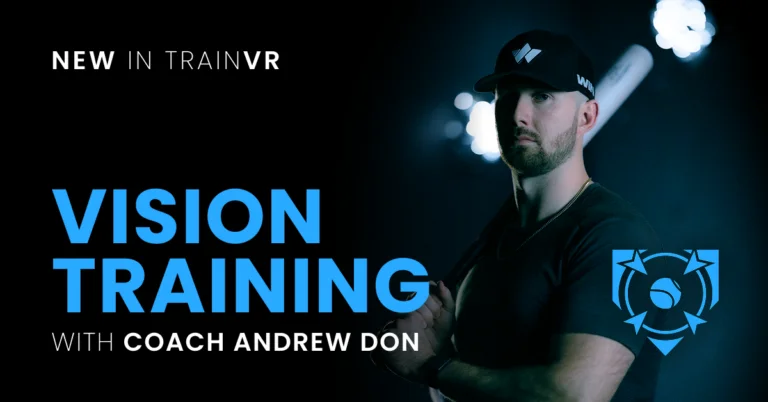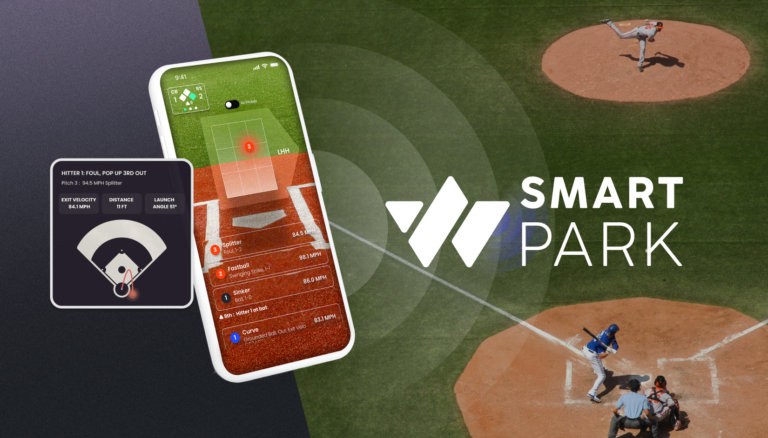A key piece to being a good hitter is the swing. This combines the swing mechanics with a hitter’s athleticism and strength, allowing hitters to hit for power while also being adjustable at the plate. Key components like bat path, connection, staying inside the ball, sequencing, and bat speed all work together to help hitters make consistent contact and adjust to different pitches. Mastering these pieces will allow players to find more success. In this post, we’ll break down these essential elements of a great swing and explore how each one contributes to being a good hitter.
The 5 Essential Elements of a Good Swing:
- Bat Path That Has Tight, Quick Entry Into The Zone & Stays Long Through the Ball
- Connection
- Stays Inside the Ball
- Proper Sequencing
- Bat Speed
Now, let’s explore some of the key elements that create the foundation of a great swing.
Key Aspects of a Good Swing
Bat Path That Has Tight, Quick Entry Into The Zone & Stays Long Through the Ball
“Bat path” refers to the trajectory or arc that the baseball bat takes from the start of the swing through the finish. A good swing path matches the plane or angle of the incoming pitch with its attack angle and is short and quick entering the zone and long through it. Being short to and long through the zone helps the hitter adjust to various pitch types and locations by allowing for consistent contact points and maximizing time in the hitting zone. The longer the swing is matching the plane of the pitch, the more likely the hitter will square the ball up. We want the barrel to move along an optimal trajectory toward the ball, increasing the chance for solid contact. Having a good path takes the pressure off being perfect with your timing and still giving yourself a chance to hit. It is also important to be able to manipulate your path if you are fooled by the pitch. Having multiple tools in your toolbox or clubs in your golf bag, allows you to be able to find ways to be successful when you aren’t perfect.
Connection
Staying “connected” refers to how the hitter’s hands, arms, and torso work together throughout the swing. When a hitter stays connected, their body moves in sync, with the bat becoming an extension of the body rather than an independent lever. Connection also improves the hitter’s ability to adjust and manipulate the barrel mid-swing, because the hitter is in control of their barrel. A disconnected swing, on the other hand, will often see the hands move separately from the torso or the body resulting in the hitter dragging the bat or pushing the hands— common swing flaws known as bat drag and push.
Stays Inside the Ball
Staying “inside the ball” refers to the hands being inside the ball keeping the barrel “behind” the hands in a lag position, as it approaches the ball. This also allows the hitter to get on plane with the ball early in the swing and stay on plane longer, which makes it easier to square the ball up at the contact point. This also helps hitters generate backspin and drive the ball in the air to all fields.
Proper Sequencing
“Sequencing” refers to the order and timing with which the body’s components (the pelvis, torso, hands, and then the bat) engage in the swing. Proper sequencing allows energy to transfer smoothly up through the body, creating an efficient and powerful swing. The sequence should begin with the pelvis, which rotates to start generating force; this then transfers to the torso, and finally, the hands to bring the bat through. This chain reaction enables the best hitters to maximize force and bat speed efficiently. Breaking this sequence, whether by going out of order or components moving and stopping at the same time, leads to a loss of power and will have implications on the hitter’s bat path.
Bat Speed
“Bat speed” (or swing speed) is the speed that the bat moves through the swing, usually measured at contact. High bat speed creates a greater potential for high exit velocity, increasing the distance the ball will travel. Developing bat speed requires a combination of building strength, explosiveness, mobility, and properly sequencing your swing. There is a bare minimum bat speed you need to be able to swing at to be competitive in each level of the game. For most people, that number is attainable if you train right. There are a lot of very successful hitters who have just average or even lower-tier bat speed. Again, high bat speed doesn’t necessarily mean more success, it just raises your floor for your potential to hit the ball harder and farther. It is still just one piece of the puzzle.
A good swing has a lot of factors that play into it, and a lot of them are heavily interconnected. Each of these aspects: bat path, connection, staying inside the ball, good sequencing, and bat speed all work in harmony to produce an efficient, powerful, and controlled swing. A bat path that is short to and long through the zone, combined with the hitter’s ability to stay connected and inside the ball, helps to generate consistent, quality contact while minimizing the need for perfect timing. Sequencing ensures that each part of the body is engaged in the right order, maximizing energy transfer to create bat speed. When these elements come together, they enable hitters to be in control in the box and perform at a high level.
GET STARTED WITH WIN REALITYDrills to Improve Your Baseball Swing
After going over the key aspects of what makes a good swing, here are some of the best drills to improve at these concepts.
The Deep Tee Drill helps hitters develop confidence in letting the ball travel deep in the zone. This will help establish a bat path that enters the hitting zone early and tight, getting the hitter on plane which allows for cleaner, more consistent contact.
The High Tee Drill is perfect to help hitters improve their ability to hit high pitches. It’s especially beneficial for players who have a steep path that prevents them from consistently squaring the ball up. Hitters will develop quicker, tighter entry into the zone which will allow them to catch up to faster pitching.
Hitters will improve contact quality by learning to stay inside and behind the ball, match the plane of the pitch, and stay connected throughout the swing.
The Power V Drill is great for hitters who want to train to stay behind, inside, and through the ball.
Hitters will learn how to create hip-shoulder separation and swing from the center of their body while learning to catch the ball deep and cleaning up their path through the zone. This drill will teach hitters how to get out of their hands by staying connected & inside the ball.
This drill will force the hitter to turn tight, swing from the center of the body, and accelerate then decelerate the swing quickly. Mastering this is crucial for hitting the ball hard.
How WIN Reality Can Help
WIN Reality’s development platform provides the perfect tools to strengthen each element of a good swing. By allowing hitters to face game-speed pitching in a virtual reality environment, they can clean up their bat path, train to be consistent with their timing, learn how to adjust, and improve their ability to stay connected and inside the ball. This immersive experience helps expedite their development in timing and pitch recognition, and allows you to train against game-speed pitching anytime. Paired with our mobile app, you can review stats, track your progress, and set targeted goals for boosting your exit velocity.
Our revolutionary SwingAI Trainer tool in our mobile app, provides in-depth feedback on your swing mechanics, using a simple “in-range” or “out-of-range” format to ensure you’re moving as efficiently as possible. This is where WIN Reality can make a significant impact. Hitters receive personalized recommendations on what to work on along with drills designed to improve specific aspects of their swing, essentially serving the purpose of a personal swing trainer. Over time, hitters can track their progress and receive feedback if key components of their swing start to fall out of range, helping prevent slumps before they happen. With this suite of tools, you’ll be empowered to take your performance to the next level.Explore WIN Reality’s pricing options to find the perfect fit for your training needs and elevate your hitting practice. Embrace this innovative tool to support your players’ development, build their confidence, and watch them thrive at the plate.
GET STARTED WITH WIN REALITY


